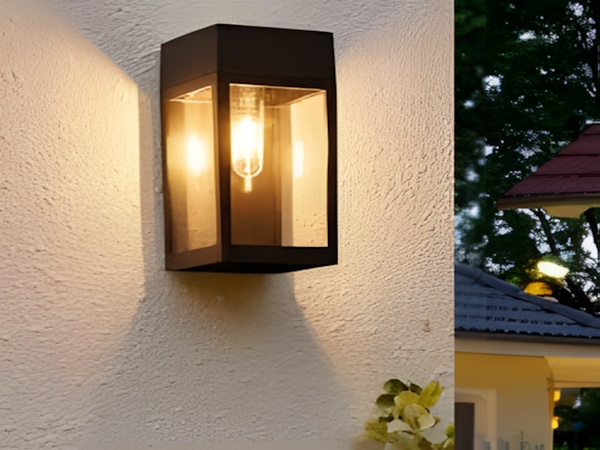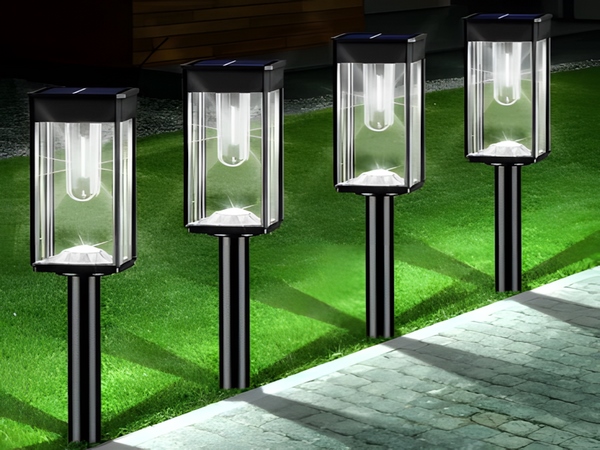

In the price system of solar street lights, one crucial structural aspect that requires significant attention is wind resistance design. Wind resistance design can be divided into two main components: the wind resistance design of the solar module bracket and the wind resistance design of the lamp pole. Below, these two aspects will be analyzed separately.
(1) Wind Resistance Design of Solar Module Bracket
According to the technical parameters provided by module manufacturers, the solar module can withstand a wind pressure of 2700Pa. If the wind resistance coefficient is set at 27m/s (equivalent to a Level 10 typhoon), based on the principles of non-viscous fluid mechanics, the wind pressure borne by the module is only 365Pa. Therefore, the module itself can completely withstand a wind speed of 27m/s without damage. Hence, the critical design consideration is the connection between the module bracket and the lamp pole.

In the design of this solar street light system, the connection between the solar module bracket and the lamp pole utilizes bolted connections.
(2) Wind Resistance Design of Lamp Pole
The parameters of the street light are as follows:
Solar panel tilt angle A=16°, lamp pole height=5m
For the design, the weld width at the base of the lamp pole is selected to be δ=4mm, with the outer diameter at the base of the pole being 168mm. The calculation point P for the resistance moment W at the failure surface of the lamp pole is the distance from the line of action of the load F from the solar panels.
PQ=[5000+(168+6)/tan(16°)]×Sin(16°)=1545mm=1.545m. Therefore, the moment M due to the wind load acting on the failure surface of the lamp pole is M=F×1.545.
Based on the allowable design wind speed of 27m/s, the basic load of the dual-head solar street light with 2×30W solar panels is 730N. Considering a safety factor of 1.3, F=1.3×730=949N. Therefore, M=F×1.545=949×1.545=1466N·m.
Through mathematical derivation, the resistance moment W of the annular failure surface is expressed as W=π×(3r²δ+3rδ²+δ³).
In the formula, r is the inner radius of the annulus, and δ is the width of the annulus.
The resistance moment of the failure surface is W=π×(3r²δ+3rδ²+δ³)=π×(3×84²×4+3×84×4²+4³)=88768mm³=88.768×10⁻⁶m³. The stress caused by the moment of the wind load acting on the failure surface is calculated as σ=M/W=1466/(88.768×10⁻⁶)=16.5×10⁶Pa=16.5MPa<<215MPa, where 215MPa is the bending strength of Q235 steel.
Therefore, the selected weld width meets the requirements, and as long as the welding quality is ensured, the wind resistance of the lamp pole poses no issues.



